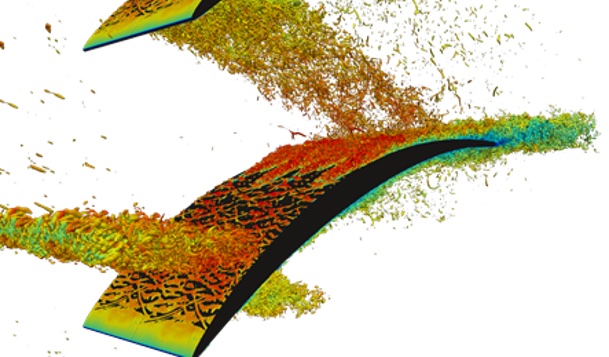Supercomputer success for aerodynamics researchers

A University of Melbourne team of aerodynamic computer modelling experts has been awarded coveted simulation-running time on a U.S. Department of Energy’s Office of Science supercomputer.
The team led by Computational Mechanics Chair Professor Richard Sandberg includes representatives from General Electric Aviation, and will use the supercomputer access time to simulate turbulent flows in jet engines as part of their research into more efficient ways to power air travel.
The team’s simulations are computationally intensive and can only be run by a handful of supercomputers across the globe.
The team has been awarded 570,000 node hours on “Summit”, the U.S. Department of Energy’s flagship system at the Oak Ridge Leadership Computing Facility in Tennessee. Summit debuted in 2018 and at that time was the most powerful computer in the world.
Using software developed by Professor Sandberg’s team and optimised for the latest supercomputer architectures, the awarded time is equivalent to around 410 million core hours on Australian systems.
“To put that into context, it’s close to what the Australian national computational merit allocation scheme for 2022 will award to all of Australia’s research computing, across all research domains,” said Professor Sandberg.
“It’s equivalent to a multi-million dollar research award.”
Each year, the U.S. Department of Energy grants research teams access to its supercomputers through its competitive Innovative and Novel Computational Impact on Theory and Experiment (INCITE) Program. This is the third year in a row that the University of Melbourne team has been awarded simulation running time through the INCITE Program.